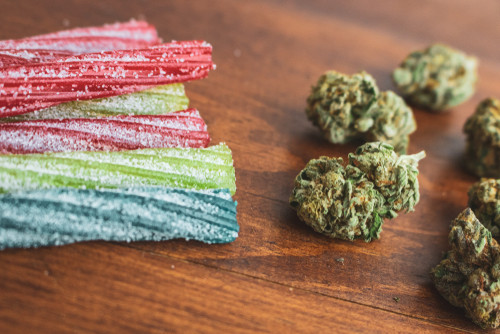
The year 2019 saw considerable demand for CBD hemp buds in the United States of America. This has made several agriculturalists devote parts of their hemp production to keep up with the demand. It takes higher costs to make dried and trimmed hemp buds for the smokable CBD goods, as compared to the money involved in hemp biomass’s creation for extraction. Anyhow, according to the most recent data from Hemp Benchmarks, one pound of CBD flower was being sold for nearly twenty times the rate of the biomass.
Anyhow, wholesale rates of the flower are considerably lower, as compared to those of the cannabis bud that is grown in greenhouses and is high in THC. This is despite the reality that the CBD-dominant product and the THC-rich item are identical with regards to the cultivation procedure and their processing. Read on to know more facts about this ‘CBD versus THC flower prices’ topic.
What Plays A Part In The Price Disparity
Many factors play a role in making the rates of one product higher as compared to the other. Without further ado, let us look at some of those factors.
- Legal cannabis enterprises are bound by a considerably higher regulatory burden or two. These handful of regulatory burdens include security requirements, waste disposal-related government orders, and higher licensing fees than normal. Producers pass on the aforementioned charges to customers through strategic pricing.
- Customers have long been using tetrahydrocannabinol for many different purposes. Conversely, cannabidiol’s widespread production and use are relatively recent phenomena. That is to say, there exists a more-established demand for the flowers having more tetrahydrocannabinol than other compounds. Besides, there are more legal cannabis marketplaces than in the past, which has increased the customer base for these kinds of products.
Some factors contribute to the customer base increase, including the coronavirus epidemic as well as an increasing number of buyers moving away from the illegal market. Recent sales numbers that surpass many US state records, serve as an explanation of the above.
- At a federal level, tetrahydrocannabinol is a controlled substance in Schedule I, even today. Therefore, licensing caps, plus restrictions regarding production per business, tend to limit the THC flower supply in legal marketplaces. US states have made great efforts to avoid considerable overproduction to act in opposition to the US federal government through the excess THC product supply.
At the same time, the American federal government regards industrial hemp’s production and sale as legal processes. The same goes for the manufacturing and trade of every product derived from the hemp crop. Furthermore, the DEA removed cannabidiol from its ‘controlled substances’ list. Consequently, it is possible to make CBD in every US state that has an industrial hemp farming and production-related program in place.
The Future Of Hemp Flower
Its future is unclear in the present regulatory environment. It is a must to resolve a large number of legislative and regulatory dilemmas, for the product to have a chance of maturing and stabilizing. Some of those dilemmas are related to the act of the FDA determining in what way it will regulate cannabidiol, plus the implementation of the flower in many states. For your information, some of the states have faced legal proceedings against them after they lifted smokable industrial hemp bans.
There also exists the dilemma around how much of a requirement for the hemp derivative is in the market. The size of its market has not been quantifiable with some level of certainty, which renders projections essentially pointless.
Anyhow, it is possible to draw some sound assumptions about the wholesale hemp product pricing future from the lawful cannabis sector. One of those is the assumption that the price fluctuation will come down gradually during a long period. The hemp CBD industry is in an infant state even today.
Overweening enthusiasm about its production caused a drastic wholesale hemp CBD price erosion in the last 16 months where Hemp Benchmarks’ price assessment has been happening. Legal cannabis marketplaces in many states had that price erosion in the first few years of them being CBD legalized states, but the greater wholesale rate stability when they mature typifies it.
Resolving regulatory headaches favorably and expanding the demand, cause a situation where hemp CBD flower prices go up conceivably in the next few years. The present, relatively high rates of cannabis THC flower are attributable to that kind of recovery when legal cannabis marketplaces had more demand and a few ‘early entrant’ producers closed their operations. These two events allowed the surviving cultivators to measure and balance the supply and the demand for their goods in a better way.
Even during a favourable situation down the road, hemp CBD flower rates are unlikely to close the gap with their THC counterparts’ prices.